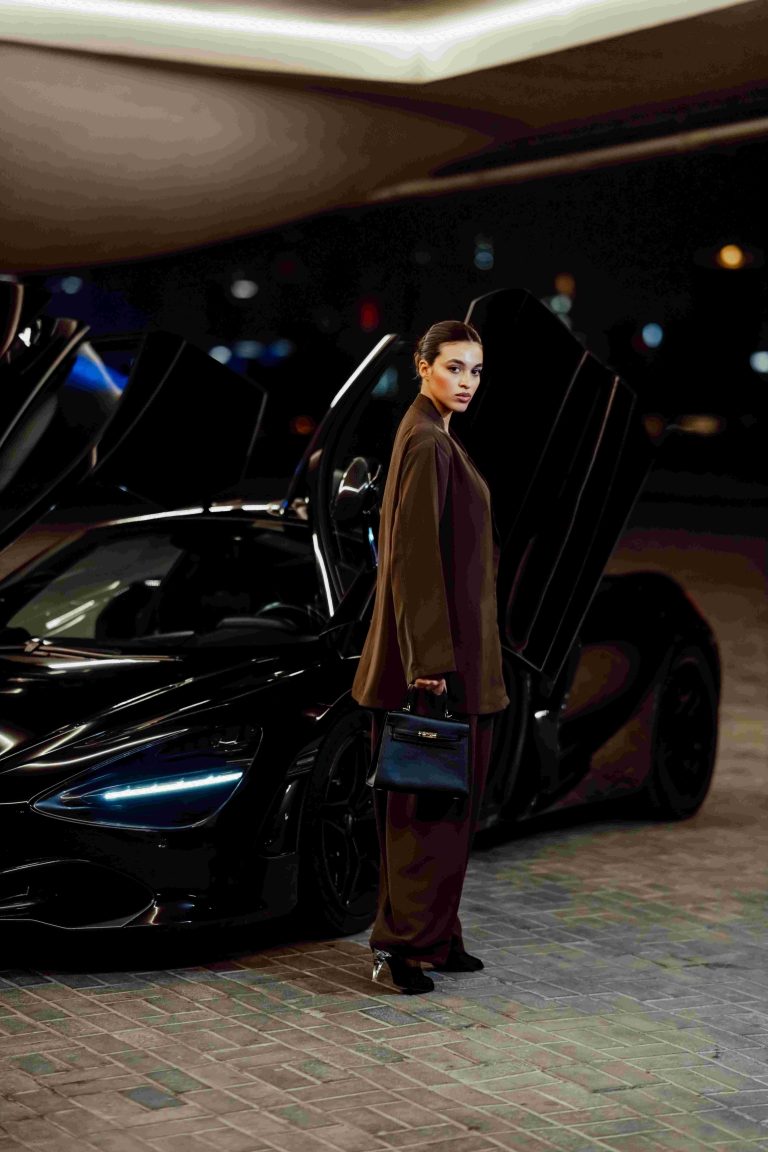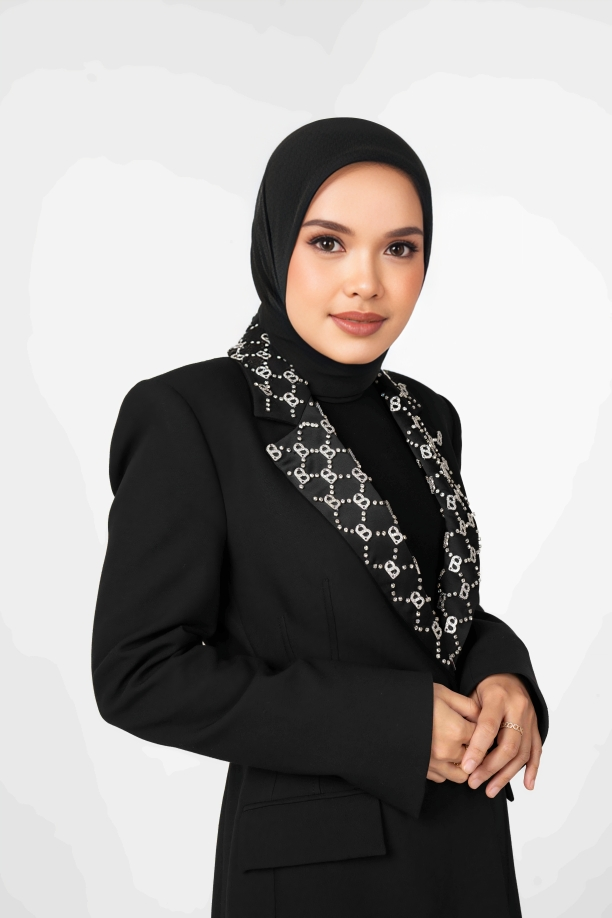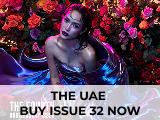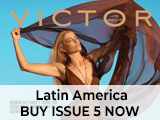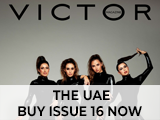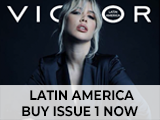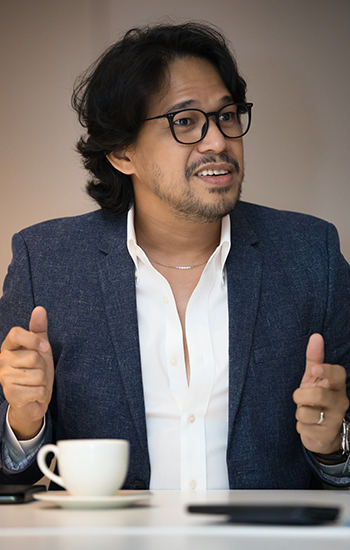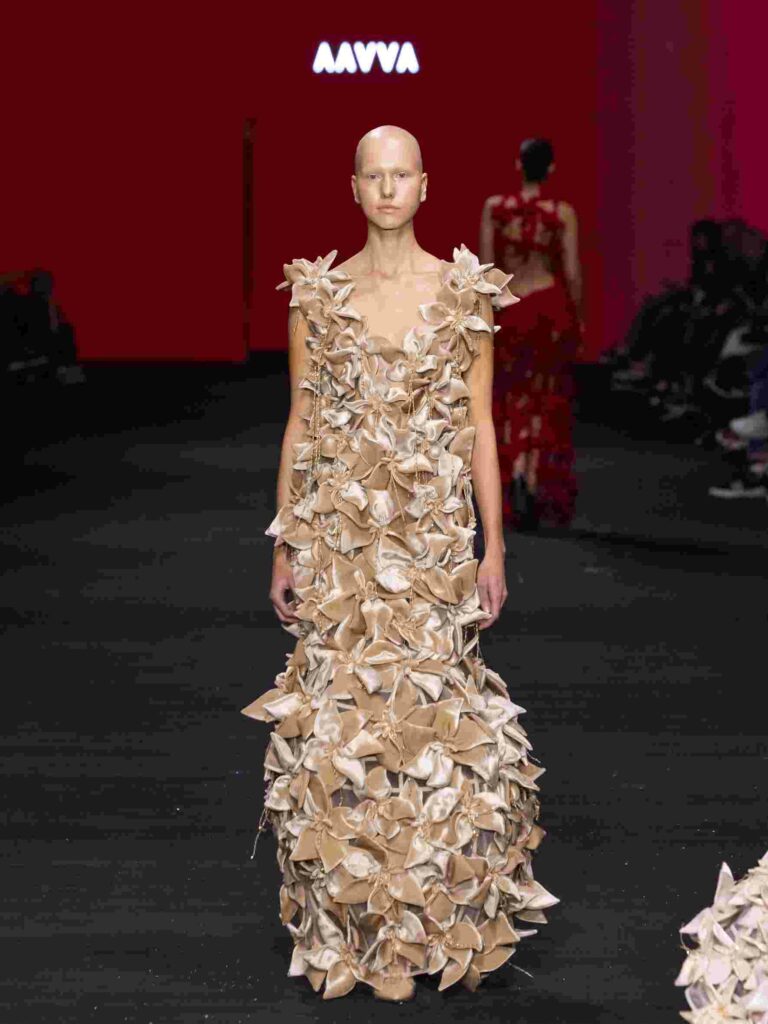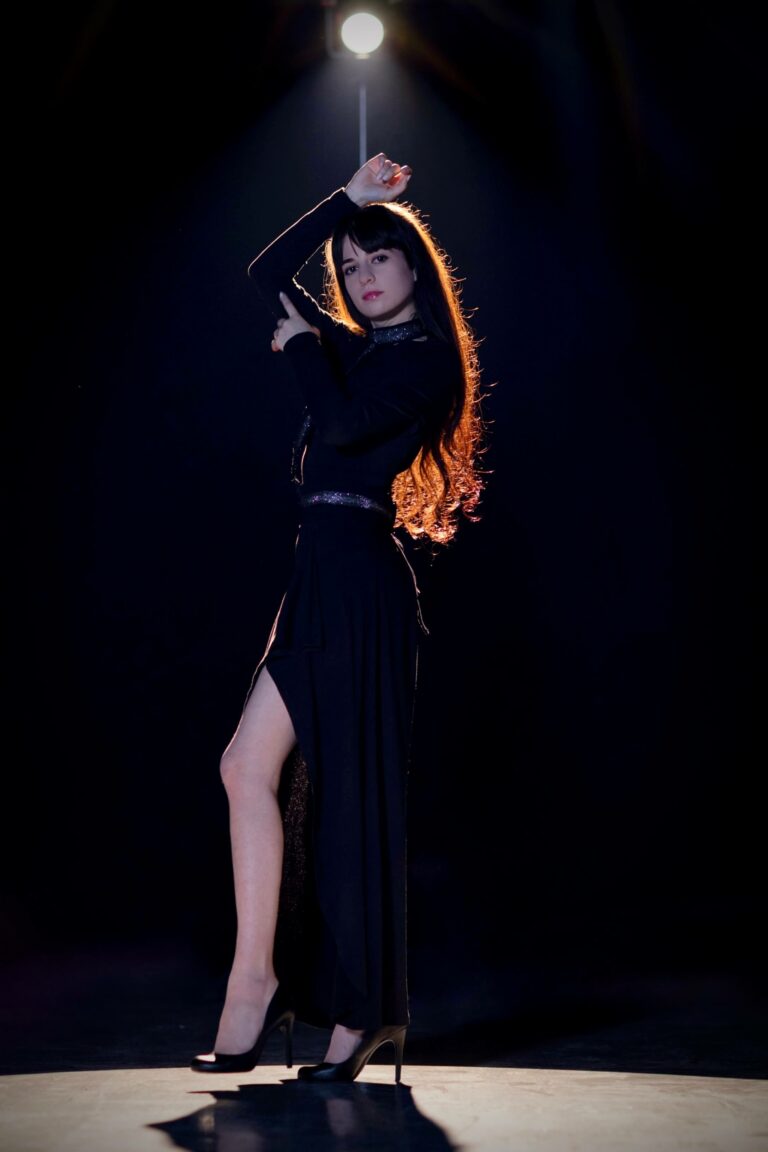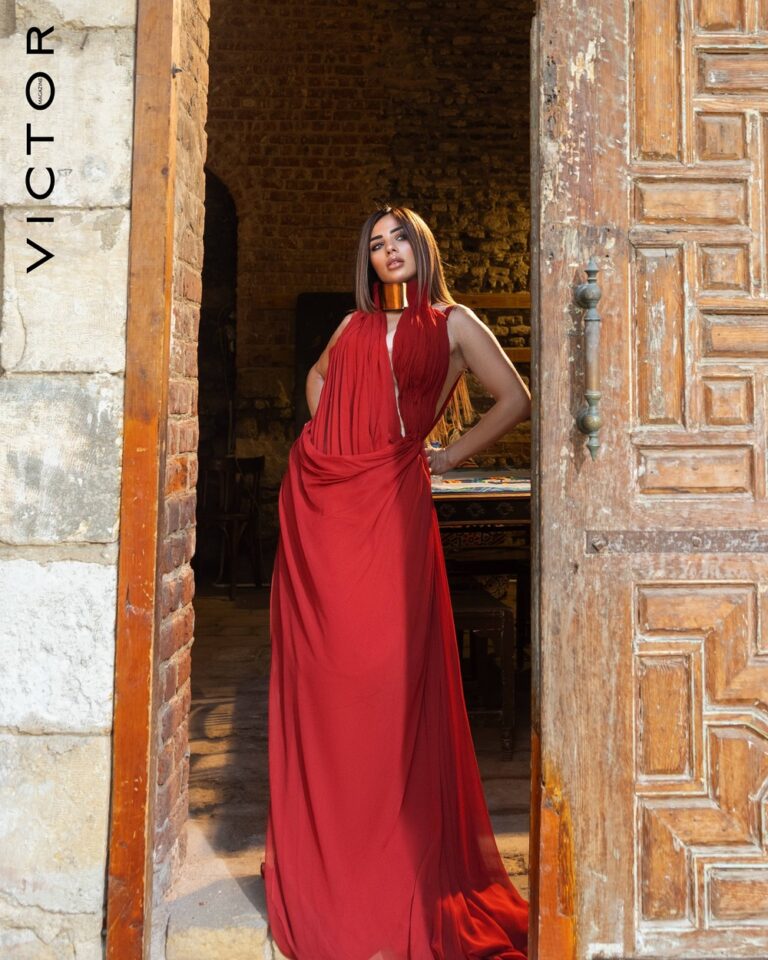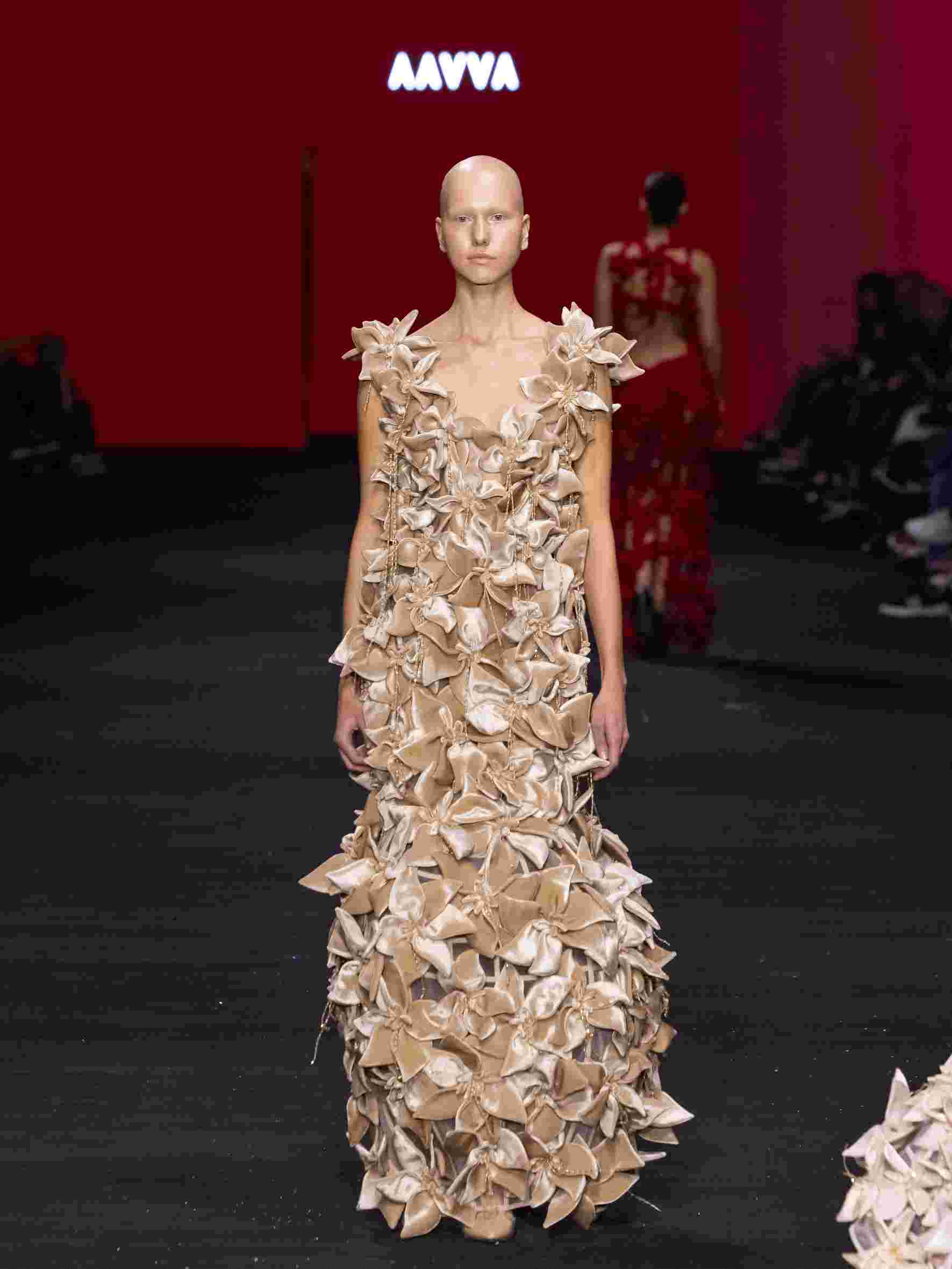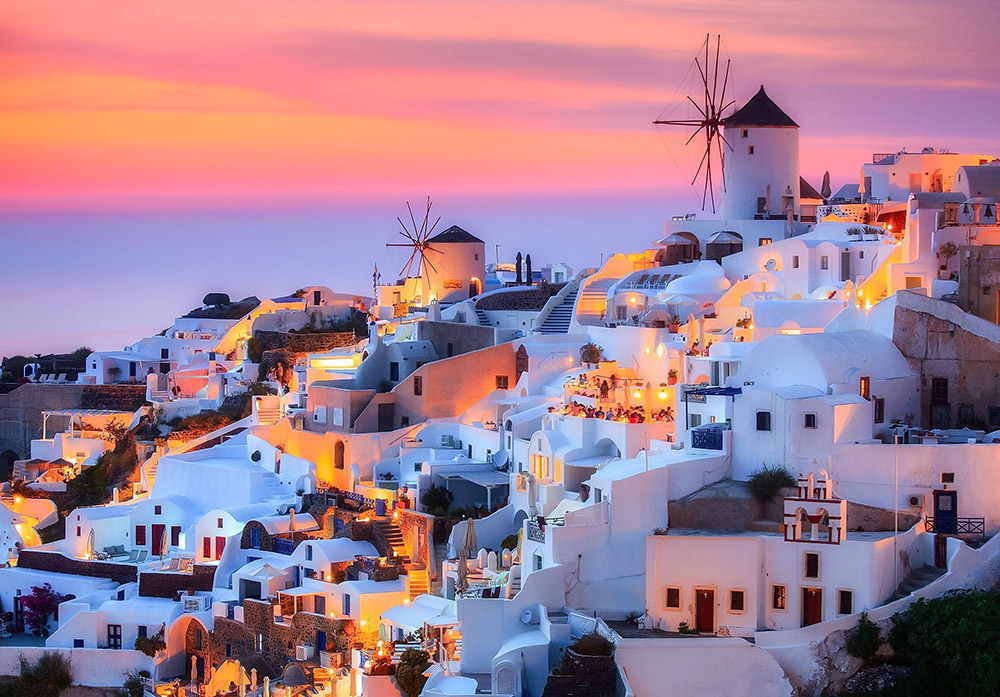
ROYAL IN HIS OWN RIGHT
Johannah Joy Abong

- Photo by: Chirag Patel
The mind and the vision behind Bangkota, the Philippines Pavilion had one goal and one desire…etched in his mind. To give back, thank and represent the community that has made him, further molding Royal Pineda into the indomitable persona that we see today. When asked, what the meaning of Bankgota stood for? His answer was a simple, ‘a representation of the Filipinos not just by name, but in its form as architecture and mindset.’
Architect Royal Pineda – The Mind Behind Expo 2020’s Modern Philippines
What was your experience like being part of the Expo team? Being a representative of Philippines pavilion in terms of design wise?
Well, being part of this team is very meaningful for me. Not just for Budji + Royal as a company, but very personally because the Philippines pavilion… This participation of the Philippines is very historical, this is the biggest investment in terms of Expo participation. It’s also the biggest plot, the biggest space… you know a lot of firsts. And I think for me, the thing that makes me really very excited in being part of this project is that I was able to share these very personal philosophies that I felt from the very beginning I wanted to share not just to the Filipinos, but to the world.
Amazingly, and for me, unbelievably, I never really expected that, and having this opportunity to share such a sensibility, such thoughts, and ideas to be able to help liberate the minds of our people, and to help our country through architecture and design, so it’s really something that excites me so much. And I just want to share it. In fact, that’s my whole agenda to share the happiness, the joy, the freedom., and that feeling of confidence, conviction of why I feel that I am authentic as a Filipino. Because I believe authenticity is key– to be able to give and share what you believe is you. It’s going to be difficult to share with you if you don’t know you and I think that’s very important.
Behind the design of the Philippine pavilion itself; can you tell us how the name “Bangkota” was formed? Like what was the main idea?
From the very beginning, the idea that I wanted to resonate is again authenticity, its freedom. It’s very critical for a Philippine pavilion to be out there with the rest of the world, to be able to present that authenticity of who and what we are as a country. So, it is my major agenda and target to pinpoint the nature of the Philippines. Because when I bid on this project, what I was trying to tell the government is that we will be there but the Philippine Pavilion will not compete. We will present the very nature of our country and our people with no pretensions, with confidence and conviction. But how do you do that? You have to own your identity. And that was the key. And that was a very important source of that confidence.
So, what we did in the process is that I needed to understand what’s the nature of the Philippines and what is that nature that is ours that nobody can compare it and nobody can compete with it because there is really no competition. For me it’s always a variety. It’s part of my philosophy. You know my third philosophy, which is variety of the world. I believe in the variety of the world.
So that variety of the Filipinos is that, take note, we are the centre of the centre of the marine biodiversity of the world. There is no other centre. So basically, there is no competition. There is no point of comparing because by nature, nature made us the centre. So, what I’m trying to do is to pick up that nature of the Philippines. Being the centre of the centre, take note marine biodiversity, and that made me think of the coral reef. And the coral reef is a metaphor of the Filipinos globally… That we are all over the world, but we are still very connected as Filipinos, we are intertwined, we are linked to our strong family ties. You know we’re even connected through our cell phones. Like even before we sleep, beside your phone is like you know somebody sleeping on the other side of the world. And it’s all connected through the net, right?
So Bangkota is again, a representation of the Filipinos in not just by name, but in its form as architecture and in its form as a mindset. And again, this is what I think is more legible or more understandable way of presenting the Filipinos in the global platform of the World Expo. That’s what made me think that it is authentic as a brand.
Out of the three sub themes of Expo 2020, which is mobility, opportunity and sustainability, why choose to be a sustainable pavilion?
Well, one thing is that the zones were divided by three and then the Philippines was given that spot. We were placed in the part of sustainability, which again for me it was perfect because it really gave me a very challenging but at the same time for me a big opportunity to present the nature of the Filipinos because sustainability is almost like everybody’s words and it’s already becoming a very basic and important word talking about sustainability. But take note, sustainability is becoming more of like technological sustainability… that you have engineering, you have agricultural sustainability, and all these methods and way of life or way of living which makes it very good.
But then I think what’s great about the Philippines pavilion is that we’re able to highlight something that everybody is not looking for… Because everybody is looking outwards, to see what can be innovative, what can be developed as a product, what can be developed as an engineering, as an architecture, as all these many tangibles and things that can be produce. But take note, for me, the real and the very important source of the concept of sustainability starts from the people, and that made me think of cultural sustainability— from the roots to the evolution of humanity, it is about understanding that we are one with nature… That for me is the essence of sustainability.
You have to start from the mindset of the people to be able for them to say and understand. And this is my second philosophy, Man is nature. This is the content of Bangkota. Why man is nature? Because it is never separate. It is oneness with nature. You will never treat and respect something else if it’s another entity, it’s different. You will treat it differently, but once you become it, the level of love and respect Is different, so if you declare to yourself that you are in nature, you will never offend nature the way you do it before so cultural sustainability was just a perfect spot for us.
Can you tell us what are the top features of the Philippine Pavilion in Expo?
There’s so much and I mean being able to create this project and with all our excitement, our team and everybody in the Philippine government and the rest of the artists, the creatives, the orchestra of the Philippine creativity. Now these are the creatives of the Philippines you’ll see that the idea becomes present to you when the architecture represents the enigmatic presence.
It is like a mirage from afar, because if you notice it has that very hazy look, almost like a ghost. But it’s present. You know it is. Which is very. Filipinos we keep the humility of the Filipinos but then. We are standing proud and beautiful. In that area of the sustainability, in fact, we are the second tallest Hill Country pavilion in in the entire area of the sustainability and this is what I’m trying to say. If you approach it and see it, you start to get to know more about the Philippines. It captures your attention. It captures your interest, that curious mind. What is this pavilion? This architecture that I’m seeing and then you start to walk in it. And feel it and hear it. The music which is done by our National Artist for Music as part of our collaboration, we have to create everything you know that will be experienced after the food, the animation, the artworks, the fashion, these are all done by Filipinos. And what’s nice is that you will see and hear this entire thing in a grand orchestra. And that’s Filipino.
So as you walk in these spaces from the entry to the exhibition to the Imaginarium, to the entire area of the roof deck and to the ground floor, to the stores and to their restaurants, I believe those exciting views you will see will capture the Filipino vibe. It is about not just for Filipinos, but for every person to be on the spot. It’s like nature, nothing is repeated. Every spot is different, every moment is different. You will start to appreciate the beauty of the sky when you look up. I suggest that for the guests like you when you go there. I would love you to look up. Not just to just look forward, but look up. And then as you move around, you look down. And you also look around because the architecture and the space will stimulate you to appreciate nature again. It will make you love the sky again. It will make you enjoy the breeze again and these are the things that I feel. Humanity should get in touch with us again. You take note of that because. I would love you to experience what I experience every time I go through Bangkota, from the moment you see it. That’s where the experience starts. That’s where it starts. It’s not when you’re in it. Once you see it. That’s already the beginning of the presence and the introduction of Bangkota to you as our representation of our country and our people.
So now, if we are inside the pavilion, is there like a personal preference that you want us to see in terms of the state-of-the-art sculptures, cultural designs, and so on in it?
Yes, I would love you to have a moment because this is what the story of that whole walk is. When you are outside, when you see the space, when you see the much obstructed architecture and the grandness of the scale and of the spaces, the music, the loud music, almost like the cathedral. And then you enter this void, a dark room where it starts to get quiet… but then it introduces the music in the sound of what we want you to hear. Because here in this void are the four major messages that we want the people to take away after. And this is again the philosophies of nature is peace: nature is always beautiful, it’s always in control, nature is always peaceful.
And then you walk through. There’s a rain journey, and then you see the main exhibit which is Man is nature– so that’s the second most important part.
And then you go to the third, which is the variety of the world which is the whole point of the variety. You have to believe in the variety of the world so that you will respect. Because believing in the variety of the world is believing that every Filipino, every French, every Italian, every African and everybody who was actually placed in a spot in the entire globe because it has a reason why they were put there. There’s a reason, it’s not to compete, and it’s not to say that I’m better. It is to say that you are placed there to refine yourself, to better yourself and once you are better, you have something to offer as your gift to the world. So it’s about equality. It’s about being not to be superior to anyone, not being inferior to anyone, but to be equally important as the rest of the world, so believing in the variety of the world is like saying, “I respect you for what you are and you have your greatness but I also respect myself as a Filipino for who I am because I am also a variety that has a purpose and greatness in this world” and it’s like potluck, everybody now brings in that greatness to the world, and it becomes a beautiful world.
That is then going to the fourth part which is the gift to the world and what is gift to the world? As you understand your gift, as you know your gift, you will be then ready to share that gift to the world. And that’s the message of Bangkota. Once you’re able to capture that and you step out, that’s the Imaginarium where you can go up, do your selfie, or do your TikTok… but you can go up, linger, wander and think about the message because the main objective for me as the team director and the architect of the project is for you to go home, just to be able to ask, “Where did I come from?”. Because once you leave Bangkota with the big question, “So where did I come from?” It’s not about coming from the Philippines alone or coming from. Let’s say if you’re a Canadian from Canada alone, but where did you come from? We all came from nature. It’s oneness with nature. And again, as you leave, my point is, if you carry that question now, the journey starts… Every person’s journey starts after going through that void of Bangkota. So that makes me excited.
If there are, what were the challenges that you’ve faced in terms of the designing of the whole pavilion?
Well, it’s from the beginning a challenge because it’s a tall order to represent the country in a world Expo like this where you have so much countries participating and everybody wants, of course, to present the best of their nation. And again, as I said, I just wanted to present our truthfulness. I wanted to present the very true essence of the Philippines. And then there were challenges like for example, I have to work with the budget, I have to work with the sustainability of the concept that’s why we created it to be an exhibition that will be worth the investment. That is why the whole concept about the reset of the minds of Filipinos. Take note, Bangkota is changing history of the Philippines.
Looking back at the 500 years of the arrival of Magellan in the Philippines, we want the Filipinos today and the future generation to understand that our history is not limited to 500 years of just being colonised by the Spaniards, the Japanese Americans, and so on. Our history even goes back to 4000 years ago and even more. But with records and documents, we are presenting 4000 years ago because we want to show to the Filipinos that our history and our ancestors were already inspired by nature. Even before the colonisers arrived, we had freedom, we had authenticity, and our inspiration is not limited to the influence given to us by our colonisers. I’m not saying that those histories are totally bad. I mean, I believe in evolution, and I believe that it all happened for a reason, but what I’m just saying is that let us know our real roots and celebrate it and enjoy that freedom. So that’s a very major challenge. If you’re asking for a great challenge that I have to come up with and be able to present something that’s meaningful, and not just to participate in a pavilion or a world Expo and just do a show. I wanted it to be worth our time as a country as people and worth my time to present something in a in a global platform.
Now, in terms of budget and putting it together as a major project and an investment for the government, I needed to come up with the concept of practical luxury. I call it practical luxury because as I said, I don’t believe that the Philippines should wait for us to be first world to be able to enjoy luxury. Every country in this world and every person in this world deserves to have luxury. But luxury by design. And Filipinos are so creative that we can translate our resources, those beautiful lahar, those beautiful rocks, those beautiful trees, and all that surrounds us. I don’t believe that resources are so limited. Resources are all available. It’s a matter of creativity. And that creativity is what we are presenting in Bangkota, and that is why when you see the mesh, the concrete, the metal panels, the glass, these are all available in the like Dubai or Juan Dela Cruz, the Filipino who built the Bahay Kubo, he just got all the items for free… I mean the bamboo and then they just put it all together. But that’s all the whole concept of sustainability was being done by Juan Dela Cruz even before we all talk about sustainability because it was all about the basic and practical things. Because the heart felt, “I need to build a shelter for my family. I need to build a shelter for my loved ones. But then what do I do? I feel… Now I have to execute. And what are these things? Ah, there’s bamboo, there’s nipa, let me put it all together.”
Same thing with Bangkota: the mesh, everything that’s available, the technology, the methodology of the steelworks are all from Dubai. So, what’s nice is that even in the pandemic times, with many things being delayed Bangkota is not suffering from any of those delays, because like Juan Dela Cruz, we just got all the items within our reach. So that’s how practical and how sustainable Bangkota is and and take note, it’s just the truthful approach of a Filipino—we are already sustainable from the very beginning, and we are just saying it again.
Going to the last question. As part of Expo and beyond, and what Philippines Pavilion is now representing, what message do you want to convey to the future architects, to those who will be the future designers, and to the whole world?
Well, the message is clear: The gift to the world. Every architect, every fashion designer, every chef, every engineer, every animator, sculptor. All these people who are creative and part of the whole ecosystem.
of humanity are here to offer our gift to the world. And as Filipinos, as I said, we should keep bettering ourselves. That’s why I keep saying it’s a modern Philippines. Modernity is about betterment, betterment, betterment— we have to keep refining ourselves as Filipinos and from there we will be ready, we will be able to give that generous character of us. We always give that extra mile, right? The thing is like Apple to Apple… Same work, same scope. We can do it. With another person doing it, we can do it. But once you are a Filipino, you have that extra that is your heart. You give that extra, that heart, and that makes it Filipino and I believe that if we keep doing that, we know our authenticity, our character and we keep refining it, the message of the Philippines today, the Bangkota, it is our gift to the world. It’s our promise. It’s our future, and for me it is a vision that we are sharing not just to our fellow Filipinos, but to the world also because this time I really want the world to also understand and to know that we are ready. In fact, it’s already happening. Bangkota is just telling the story. It’s already happening that the Filipinos now are the new partners of the world. We are the collaborators of the world. You bring us into a project, you bring us into any endeavour, we will add value to it, we will make that Filipino touch— that extra thing a plus and we will always be plus, we will always add value to anything, and that’s our gift to the world. That should be the mindset of the Filipinos, and that’s what the world can expect from the Filipinos.

By Author

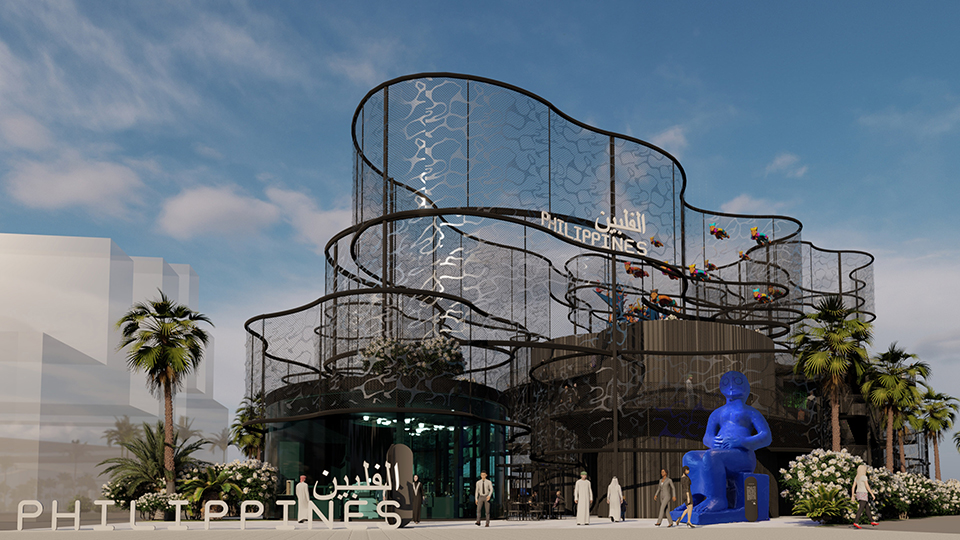
FILSOC, PBC and UAP : Dubai Based Filipino Organizations promotes Bangkota
no related post found
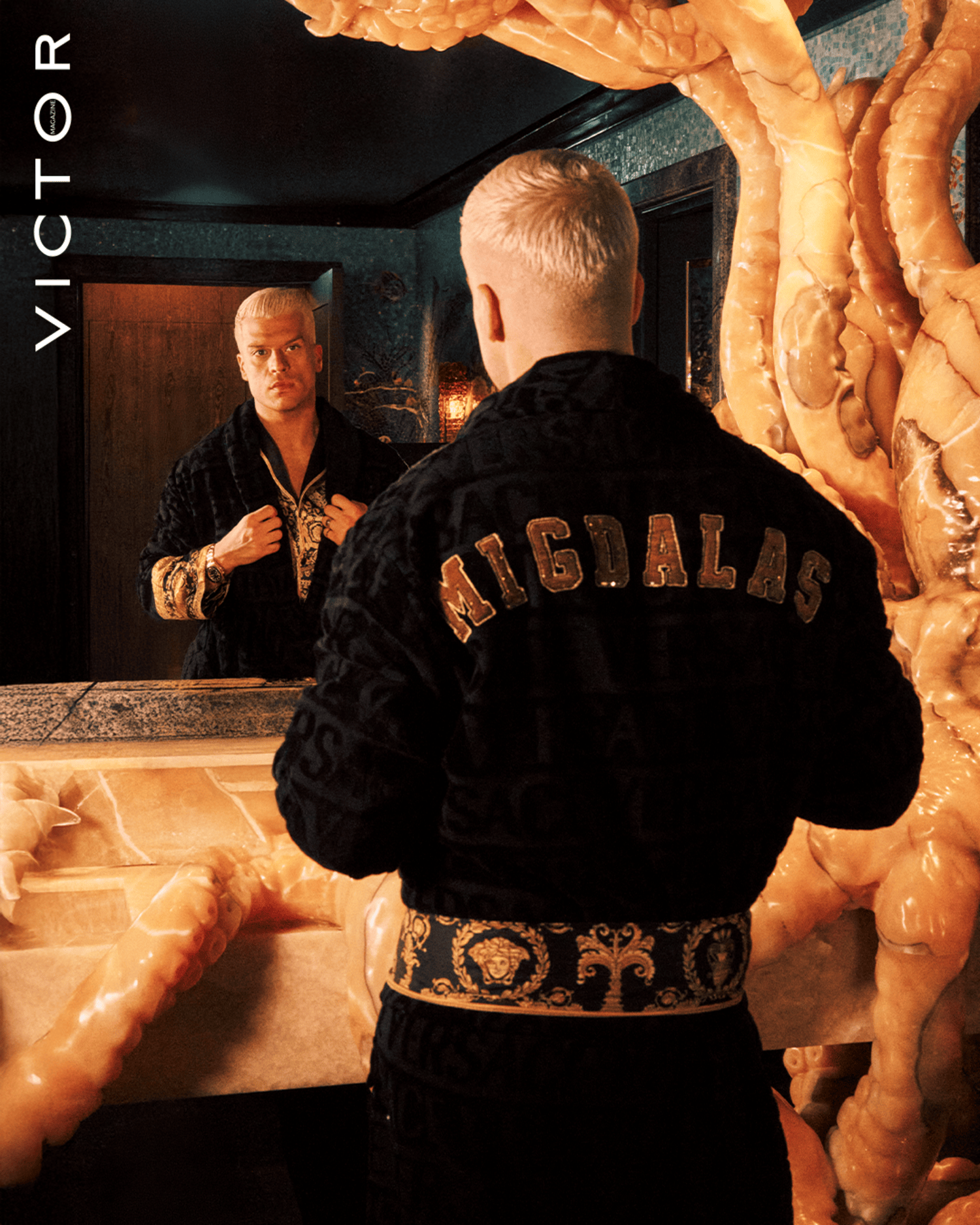
Beyond the Expected: John Migdalas on Today’s Luxury
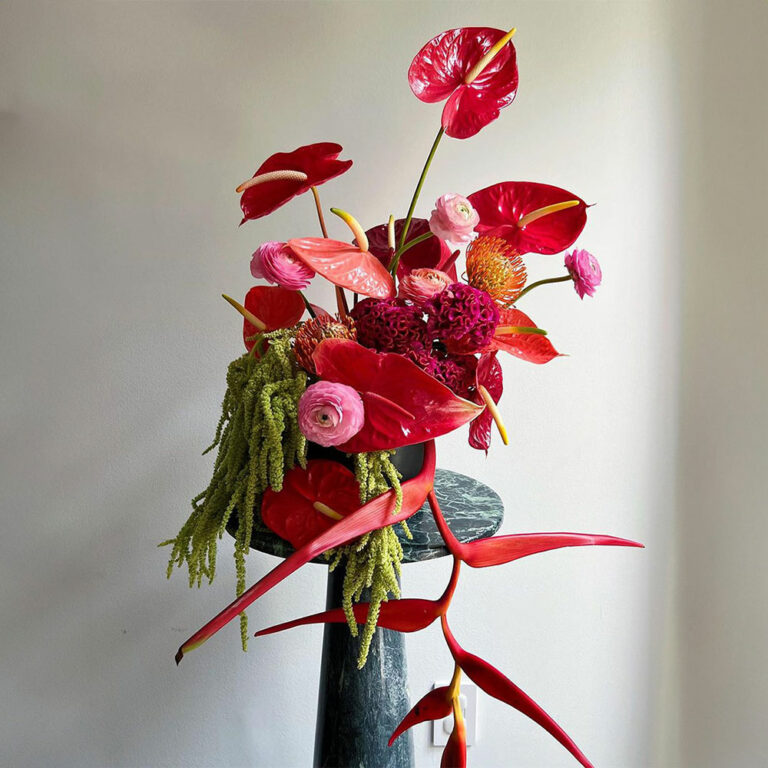
“Flowers are our favorite F word!”
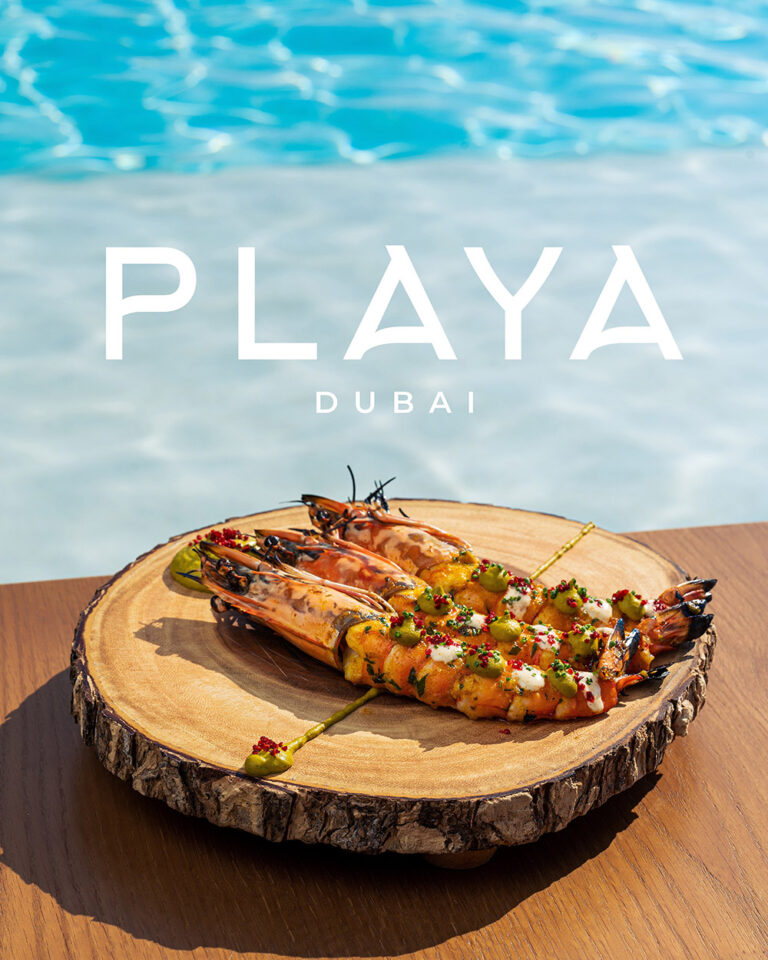
Indulging in Love and Flavor at Playa: A Valentine’s Day Delight

Beyond the Expected: John Migdalas on Today’s Luxury
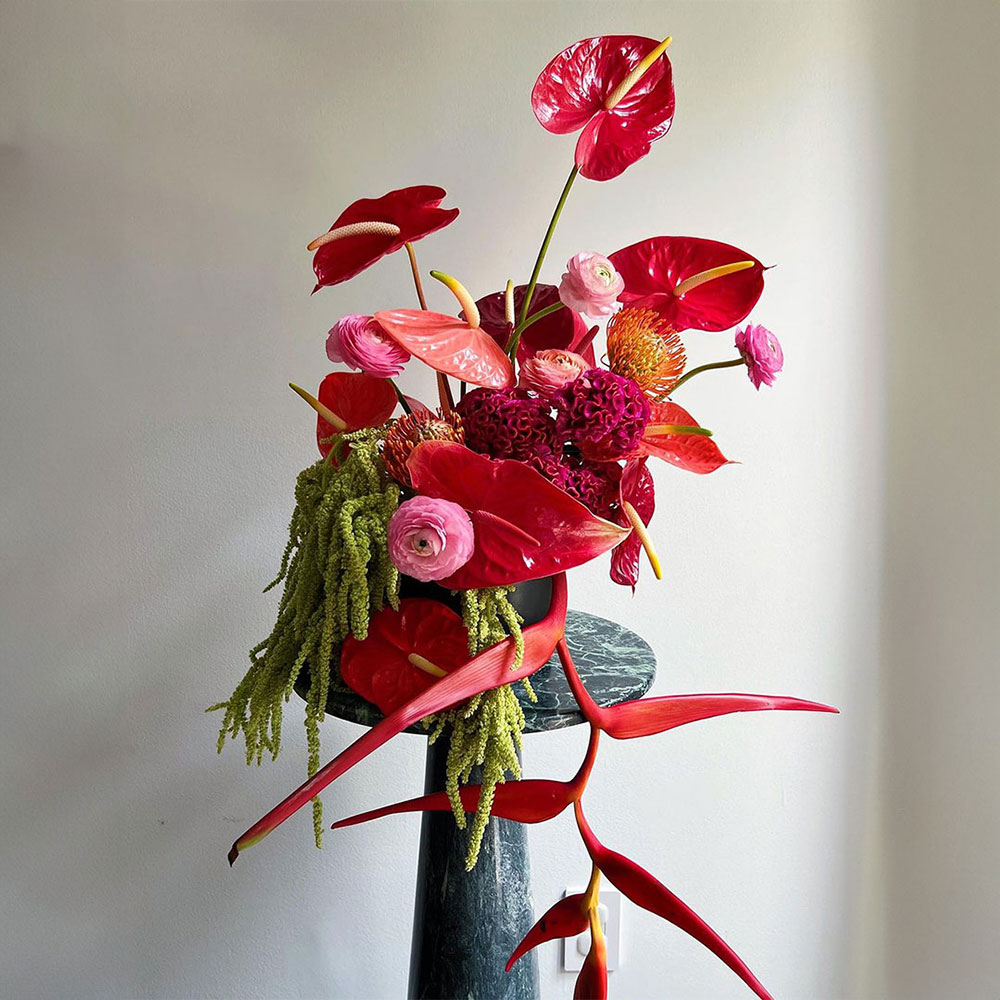
“Flowers are our favorite F word!”
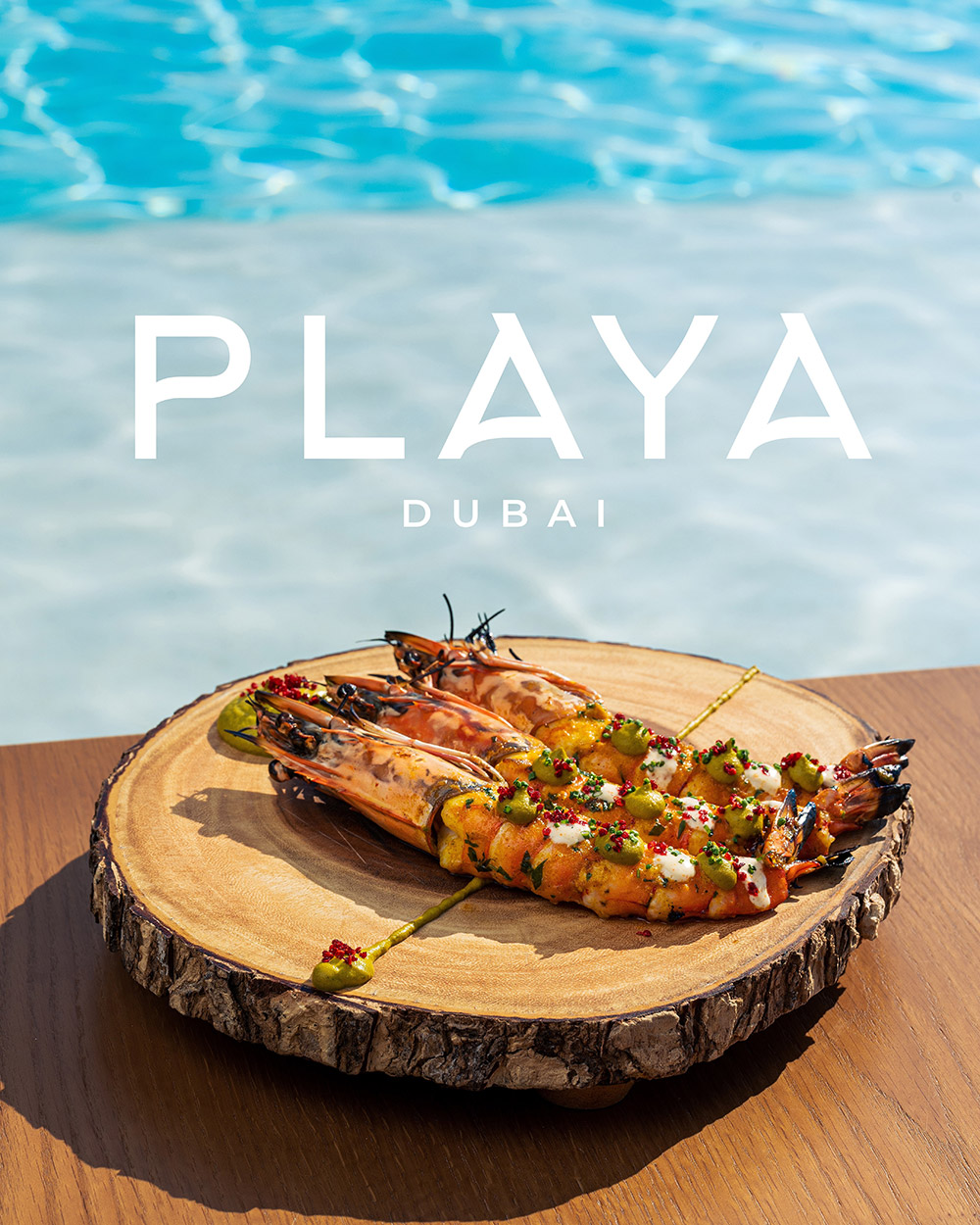
Indulging in Love and Flavor at Playa: A Valentine’s Day Delight
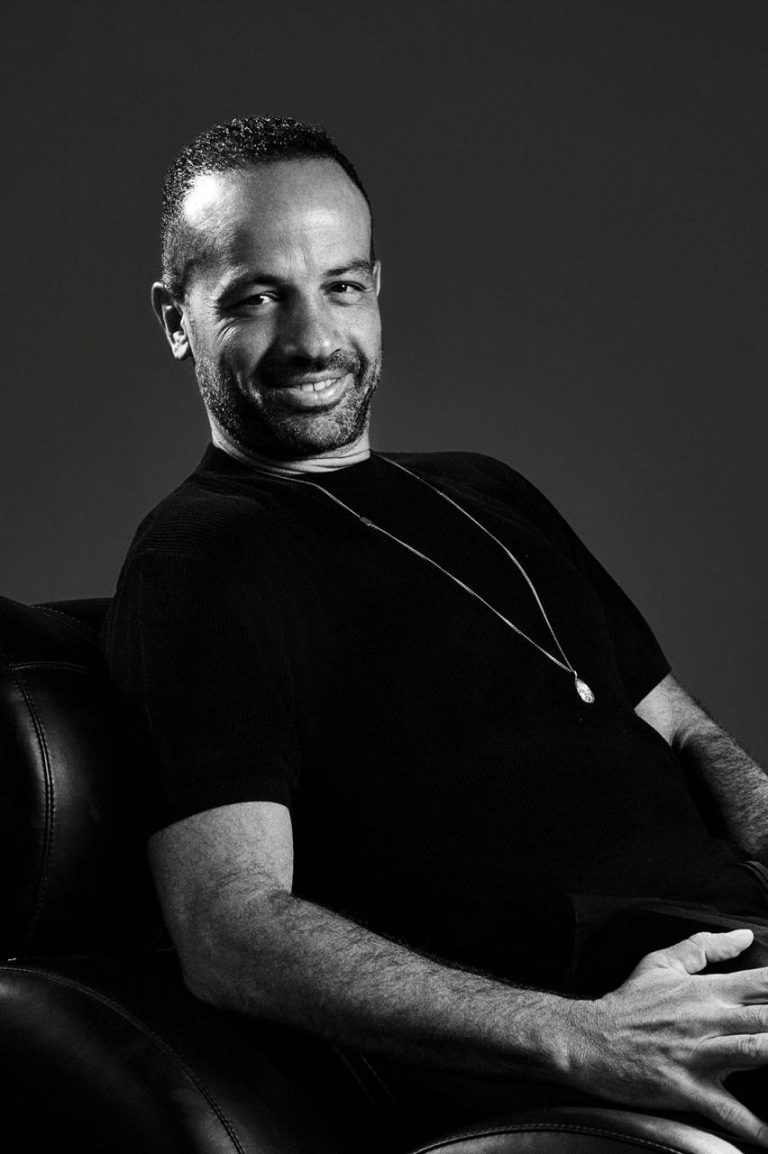
The Architect of Hits: Mousa Essa on RAW’s Unbeatable Formula
